SOURCE: IDRW.ORG TEAM
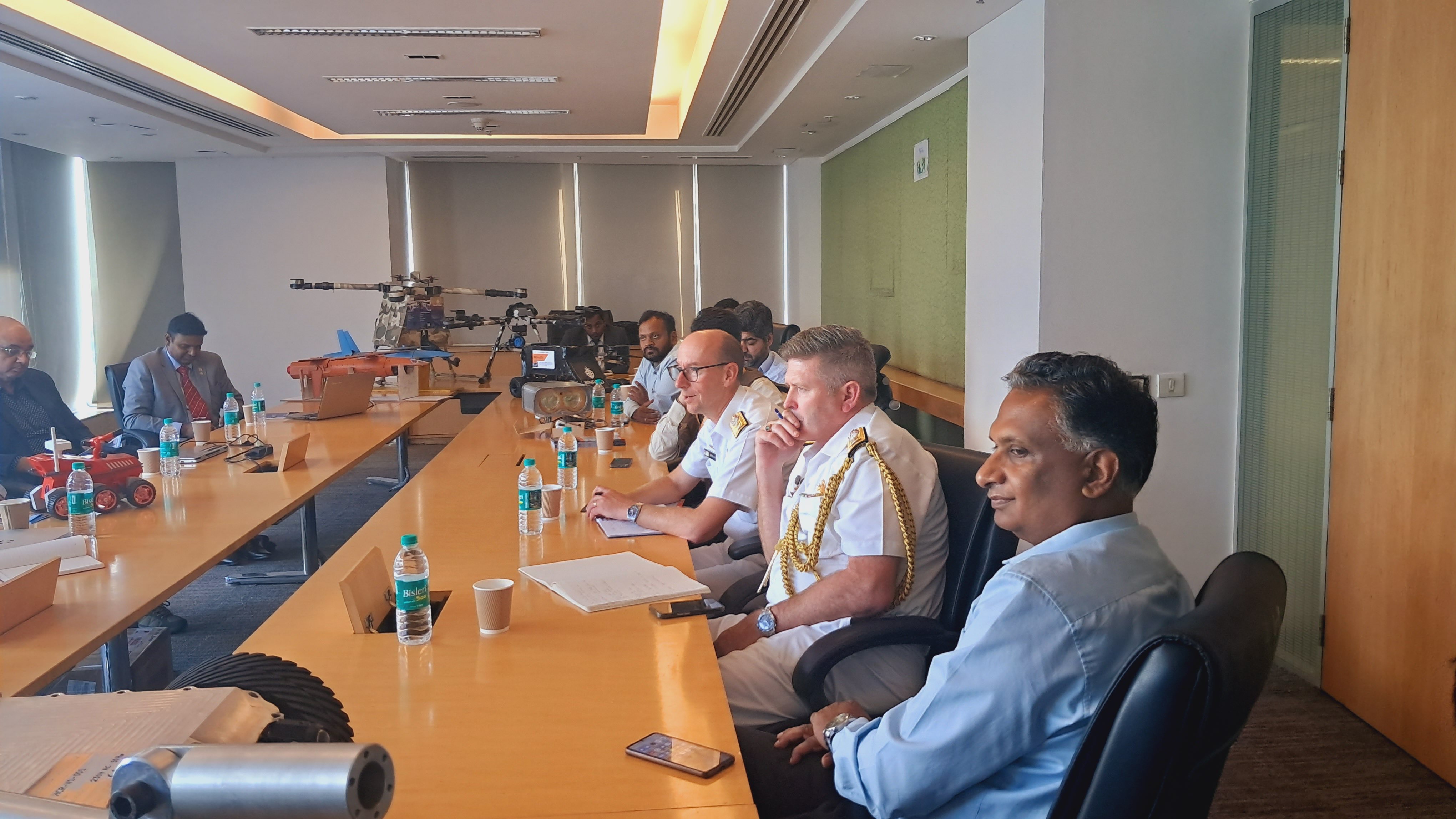
The Innovation for Defence Excellence (iDEX) initiative recently had the honor of hosting a delegation from Australia, led by Director General – Warfare Innovation (DG-WIN) Australia, Mr. Kavanagh D. John. The discussions held during this visit focused on the iDEX framework, potential defense industrial collaborations, and interactions with iDEX innovation winners.
The meeting provided a valuable opportunity to explore avenues of cooperation and knowledge sharing between India and Australia in the field of defense technology and innovation. iDEX, known for fostering innovation and collaboration in the defense sector, was keen to engage with the Australian delegation in discussions related to defense capabilities and advancements.
Continue readingSOURCE: RAUNAK KUNDE / NEWS BEAT / IDRW.ORG

Retired Air Chief Marshal RKS Bhadauria, a prominent advocate for indigenous fighter jet programs in India, has voiced his support for Hindustan Aeronautics Limited (HAL) and their role in the development of the Tejas MkII fighter jet. In an interview with ANI, he emphasized the need for HAL to have the capacity to deliver at least 24 Tejas MkII fighter jets annually when production begins in 2028 and onwards.
The Tejas MkII is a crucial addition to the Indian Air Force (IAF) as it is intended to replace mid-tier fighter jets, including the Anglo-French Jaguars, Russian Mig-29UPG, and French Mirage-2000H. The IAF has committed to procuring 120 Tejas MkII fighter jets in the first instalment, with an additional 60 in the second instalment. This procurement could potentially expand to a fleet of 200 Tejas MkII fighter jets by 2040.
Continue readingSOURCE: RAUNAK KUNDE / NEWS BEAT / IDRW.ORG
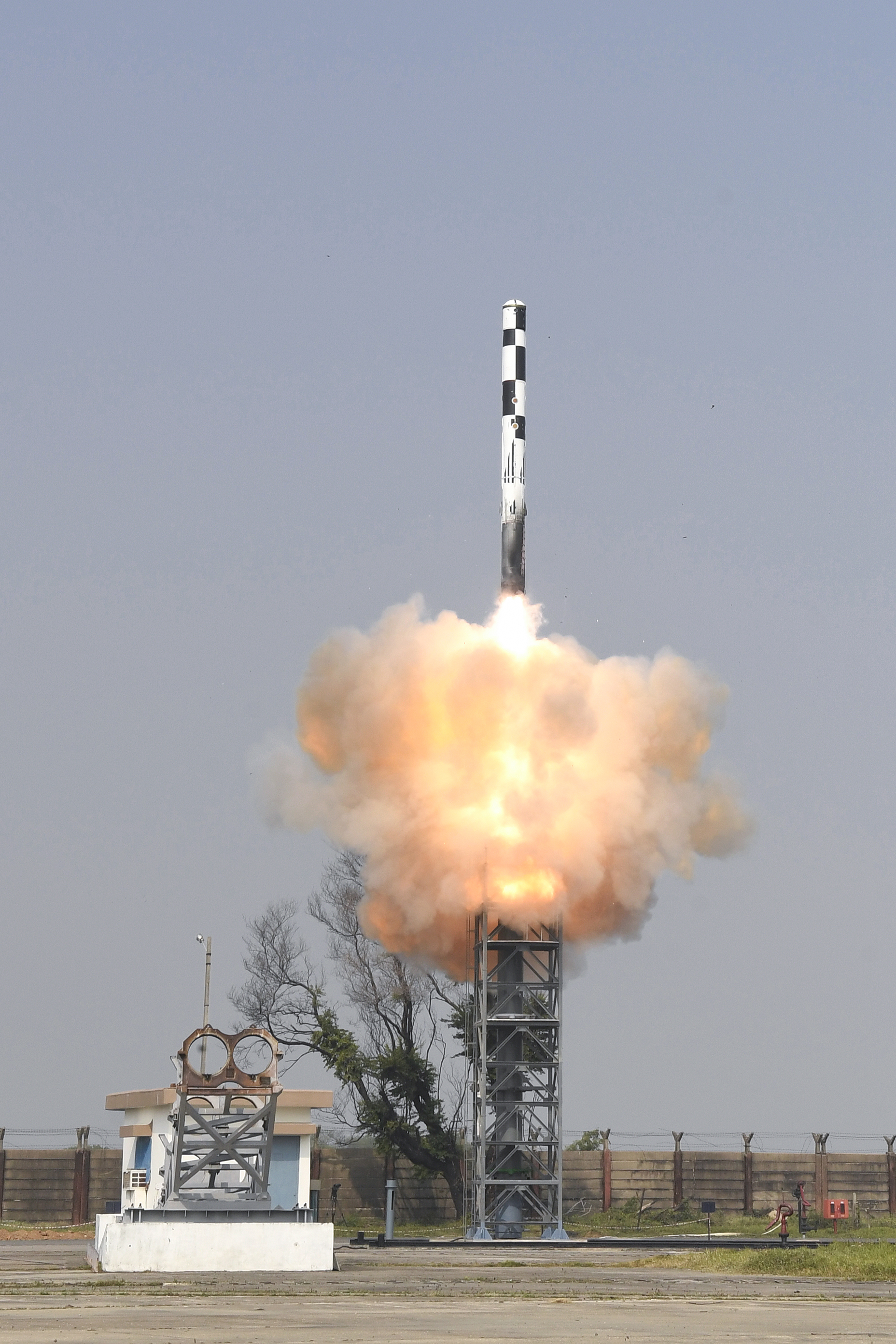
The Philippine Army (PA) is set to bolster its coastal defence capabilities with the acquisition of the Indian-made BrahMos cruise missile system. This move is part of the Armed Forces of the Philippines’ (AFP) strategy to enhance its ability to safeguard the country’s coastlines. AFP chief Gen. Romeo Brawner Jr. recently revealed the plan during a media interview.
The Philippine Marine Corps (PMC) has already initiated its procurement of the BrahMos cruise missile system, placing an order for three batteries. The Philippine Army, in coordination with the PMC, intends to further strengthen the nation’s coastal defence capabilities.
Continue readingSOURCE: RAUNAK KUNDE / NEWS BEAT / IDRW.ORG

Italian firm Whitehead Sistemi Subacquei (WASS), a subsidiary of Finmeccanica, is once again making a compelling pitch for the sale of the Black Shark torpedo, an advanced, long-range, multi-purpose, heavy-weight torpedo. This torpedo is designed to be equipped on the Indian Kalvari class of submarines, marking a significant development following the lifting of sanctions on its parent company.
Initially, the six Kalvari-class submarines were intended to be equipped with the Black Shark, representing a next-generation, fully stealthy heavyweight torpedo. It boasted the capability to be fired from deep and coastal waters, and it could be launched in both push-out and swim-out modes at any operational depth of a submarine. However, due to sanctions imposed on its parent firm, alternative Russian and Indian torpedoes were used on the fleet that has now been lifted by India.
Continue readingSOURCE: IDRW.ORG TEAM
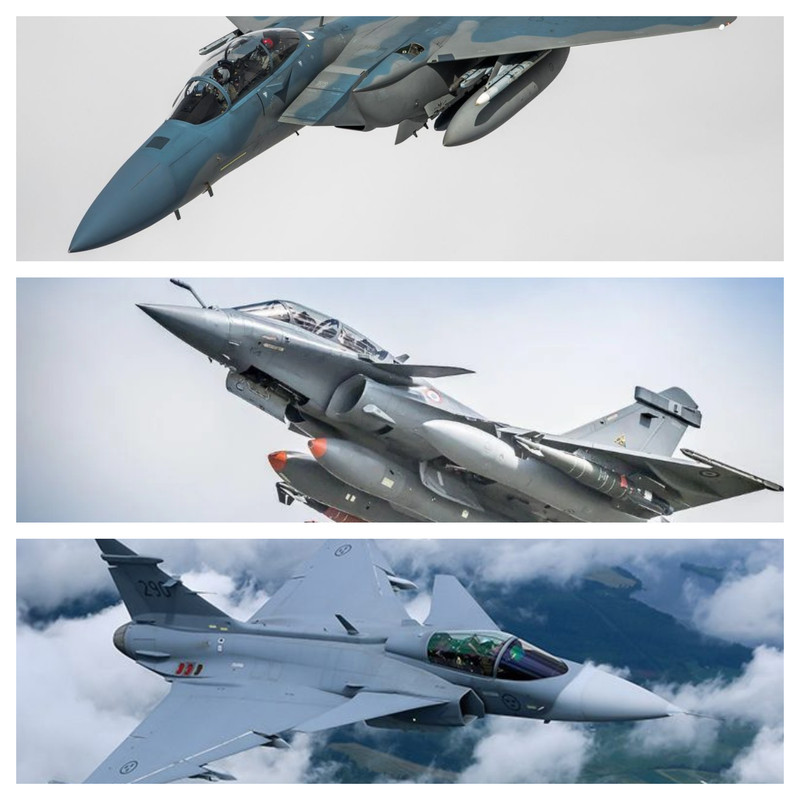
In a highly anticipated move, the Indian Air Force (IAF) is advancing in its quest for 114 Medium Multi-Role Fighter Aircraft (MRFA) to bolster its aerial capabilities. The top contenders in this substantial tender, as reported by sources within the IAF to ” The Print” are the Boeing F-15EX, Saab’s Gripen-E, and the Dassault Rafale fighter jets.
The IAF initiated this procurement endeavor by releasing a Request for Information (RFI), which garnered responses from eight Original Equipment Manufacturers (OEMs). Following these responses, the IAF conducted preliminary discussions with all eight OEMs, setting the stage for the next crucial step in the acquisition process.
Continue readingSOURCE: IDRW.ORG TEAM
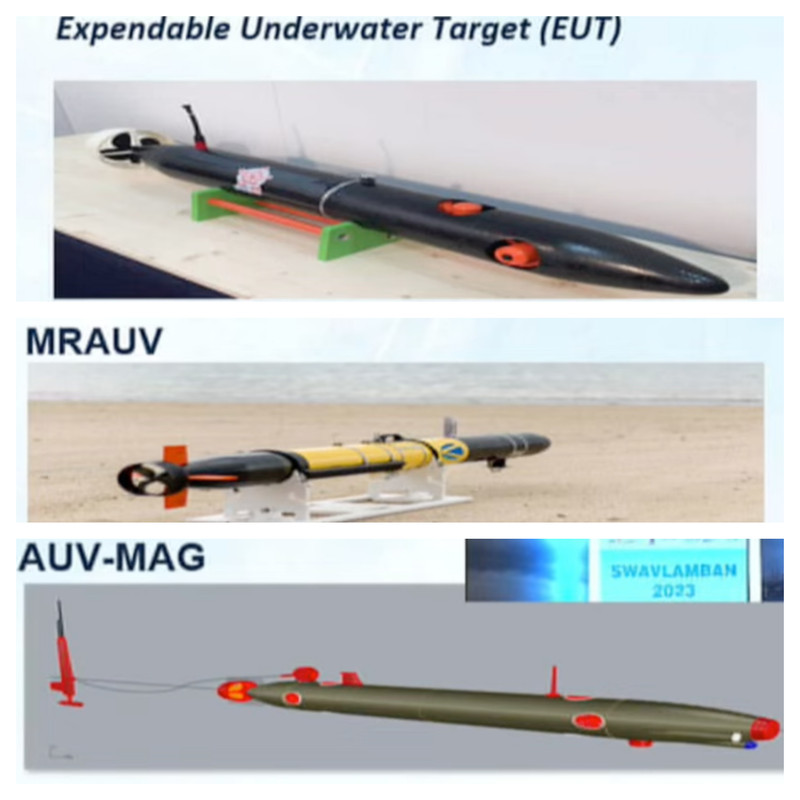
At the latest Swavlamban exhibition, the Kalyani Group unveiled its cutting-edge Maritime Robotics and Autonomous Underwater Vehicle (MRAUV and AUV) programs, demonstrating its commitment to bolstering India’s naval capabilities. These technologies play a crucial role in enhancing the Indian Navy’s capabilities for seabed surveys, mine detection, and magnetic signature measurement, among other critical tasks.
One of the highlights of Kalyani Group’s showcase was the MRAUV, designed for seabed surveys to detect, classify, and identify mines. This autonomous underwater vehicle boasts impressive specifications, including a length of 2200 mm, a hull diameter of 150 mm, and a dry weight of 35 kg. With an endurance of up to 7 hours at 3 knots and the ability to operate at depths ranging from 1 meter to 300 meters, the MRAUV is a versatile asset for underwater missions. It can reach speeds of up to 8 knots and has a maximum acoustic communication range of 2000 meters. Operating in temperatures ranging from 0 to +55 degrees Celsius, this advanced vehicle promises to significantly enhance the Indian Navy’s mine detection capabilities.
Continue readingSOURCE: RAUNAK KUNDE / NEWS BEAT / IDRW.ORG
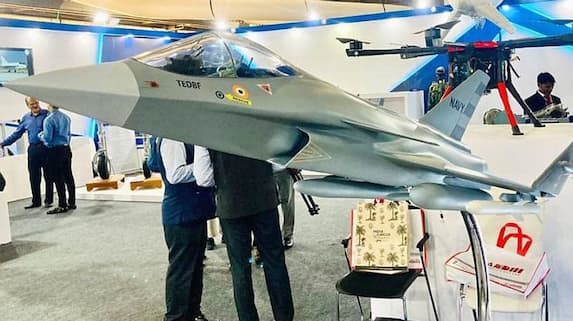
The Aeronautical Development Agency (ADA) is at the forefront of India’s aerospace endeavours, particularly in the development of the Twin-Engine Deck-Based Fighter (TEDBF) jets for the Indian Navy. In a bid to ensure these fighters are combat-ready 24/7, ADA is investing heavily in next-generation technologies.
Precision in aircraft positioning and orientation plays a pivotal role in the success of automatic takeoff (ATOL) and automatic carrier landing systems (ACLS). These challenges intensify when landing on aircraft carriers due to the ever-shifting touchdown point caused by the carrier’s motion and dynamics.
Continue readingSOURCE: RAUNAK KUNDE / NEWS BEAT / IDRW.ORG
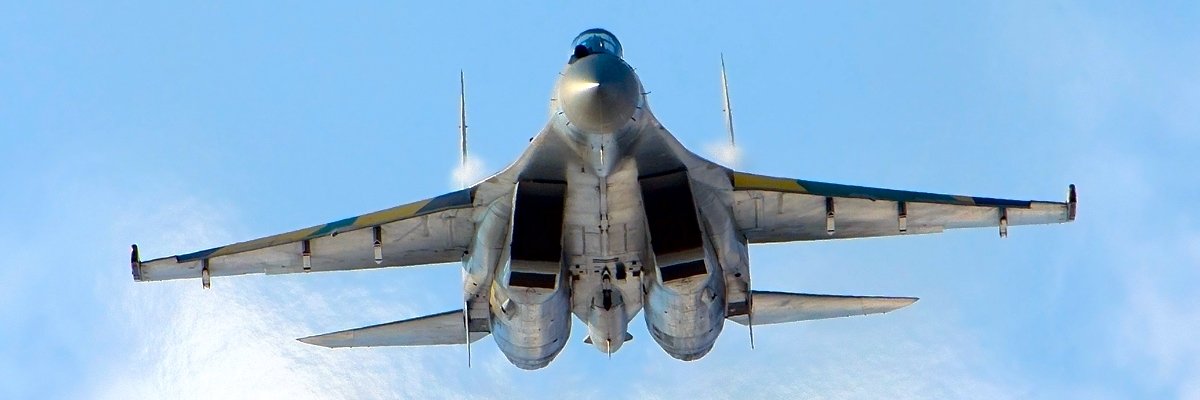
The Indian Air Force (IAF) is reportedly considering eliminating the Russian offer of its fighter jets from the Multi-Role Fighter Aircraft (MRFA) tender for 114 jets even before the Request for Proposal (RFP) is sent to prospective Original Equipment Manufacturers (OEMs). This decision, if approved by the Ministry of Defence (MoD), marks a significant shift in India’s defence procurement strategy.
The IAF recently issued a Request for Information (RFI) for the MRFA tender, to which Russia responded with offers of its Su-35 and Mig-35 fighter jets. However, it appears that the IAF is now leaning toward excluding these Russian options in the early stages of the procurement process.
Continue readingSOURCE: RAUNAK KUNDE / NEWS BEAT / IDRW.ORG
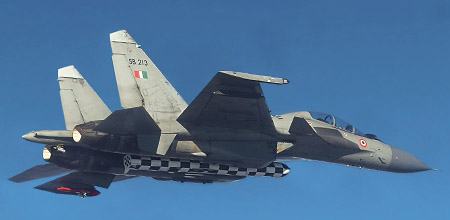
In a recent interview with ANI, former Air Chief Marshal (Retd) Rakesh Kumar Singh Bhadauria shed light on a significant development that took place in the aftermath of the Galwan Valley clash between Indian and Chinese forces. During his tenure as the Chief of the Air Staff (CAS), the Indian Air Force (IAF) made a strategic move in anticipation of potential escalations along the Line of Actual Control (LAC) with China.
According to Bhadauria, the IAF took a proactive approach to bolster its capabilities in the event of a full-fledged war with China. In response to the escalating tensions, the IAF deployed BrahMos-A equipped Su-30MKI fighter aircraft near the LAC. This strategic move was part of the IAF’s preparedness to carry out ground strikes if the need arose.
Continue readingSOURCE: IDRW.ORG TEAM
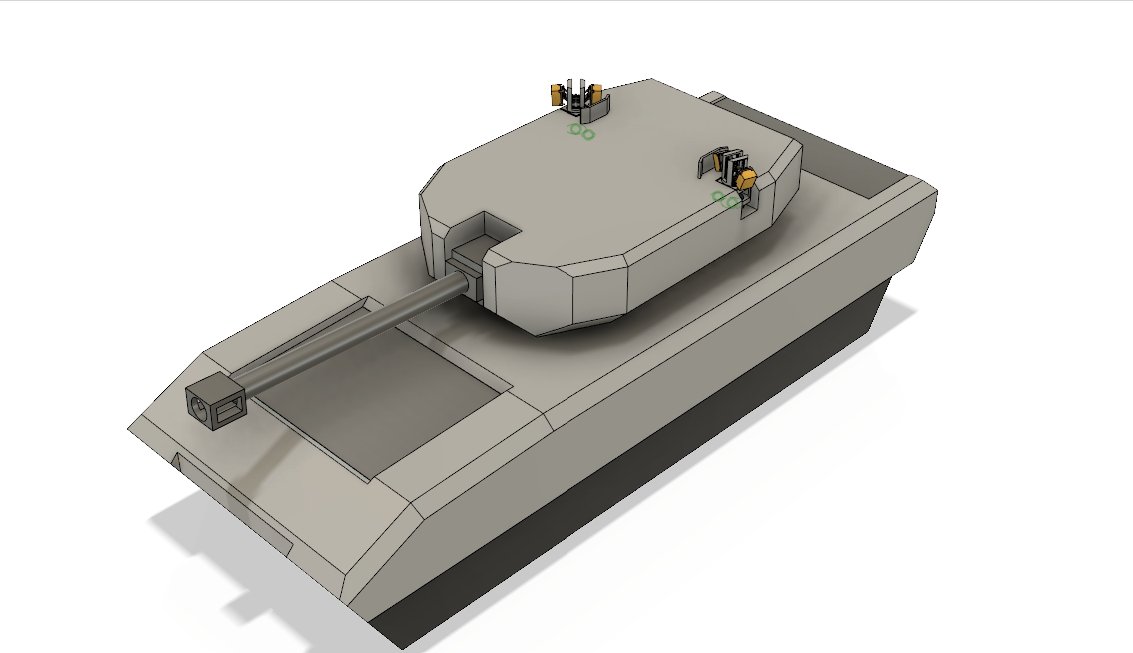
In a groundbreaking achievement for Indian defense technology, C J Varghese, a Kerala-based innovator with a remarkable portfolio of six patents to his name, has been granted a patent by the Patent Office of the Government of India. This significant milestone marks the invention of a pioneering “Rapid Responding Active Protection System,” set to redefine the landscape of defense mechanisms and bolster the safety of armored vehicle crews for the next two decades.
Varghese’s latest invention promises to be a game-changer in the world of defense technology. His active protection system, often referred to as a “hard-kill shooter system,” has been meticulously crafted to provide protection for tanks and light armored vehicles against imminent threats, such as RPGs (Rocket-Propelled Grenades) and ATGMs (Anti-Tank Guided Missiles).
Continue readingSOURCE: IDRW.ORG TEAM
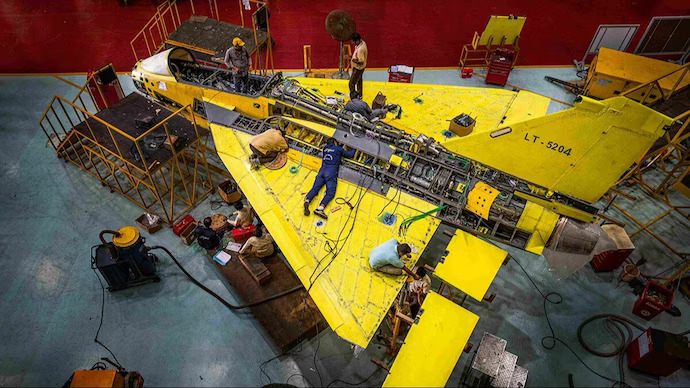
Hindustan Aeronautics Limited (HAL), the Indian state-owned aerospace and defense company, is making significant strides in the production of LCA-Tejas Trainers. The Indian Air Force (IAF) recently welcomed the first of the 18 trainer aircraft to be procured from HAL, marking a milestone in India’s indigenous fighter aircraft program.
The latest addition to the lineup is the LT-5204, which is the fourth LCA-Tejas Trainer. The manufacturing process has reached an advanced stage, with HAL recently releasing images of the aircraft. LT-5201, the first FOC-configured (Final Operational Clearance) LCA-Tejas Trainer, took its maiden flight approximately six months ago. HAL also unveiled images of the LT-5202, the second aircraft in the FOC configuration.
Continue readingSOURCE: RAUNAK KUNDE / NEWS BEAT / IDRW.ORG
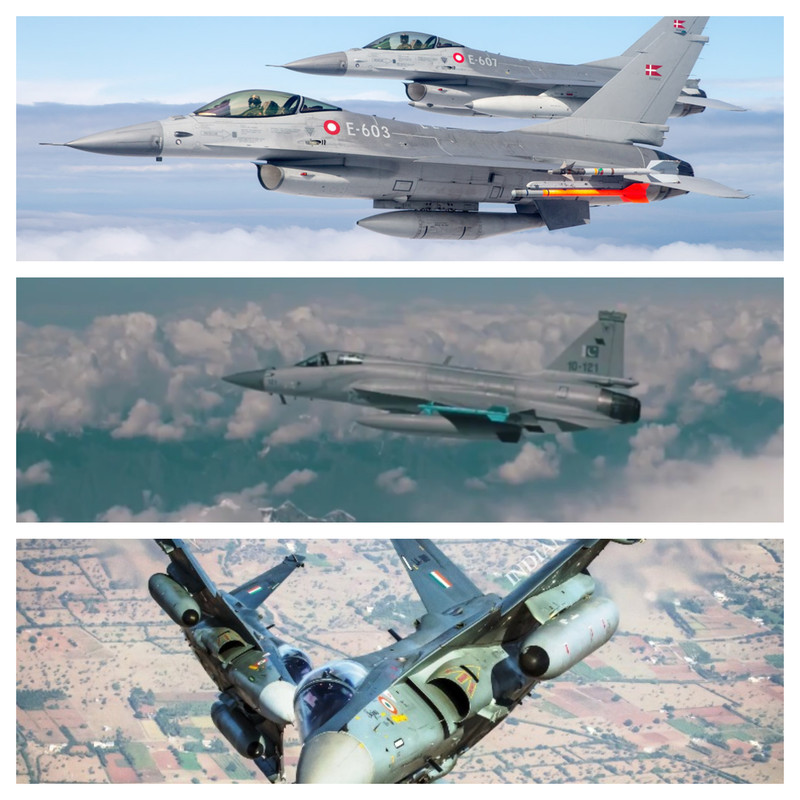
Argentina has taken a significant step toward the potential purchase of 38 F-16 fighter aircraft, a deal that has garnered both support and scepticism within the country. The Argentine Foreign Ministry has signed the Third Party Transfer (TPT) document, a crucial move in authorizing the transfer of these aircraft by Denmark to Argentina.
While the signing of the TPT document does not constitute a final decision on the purchase, it indicates Argentina’s willingness to accept the conditions proposed by the United States, the offeror in this deal. This move has ignited a debate within the country, with some viewing it as a positive step forward and others remaining cautious about the outcome.
Continue readingSOURCE: RAUNAK KUNDE / NEWS BEAT / IDRW.ORG
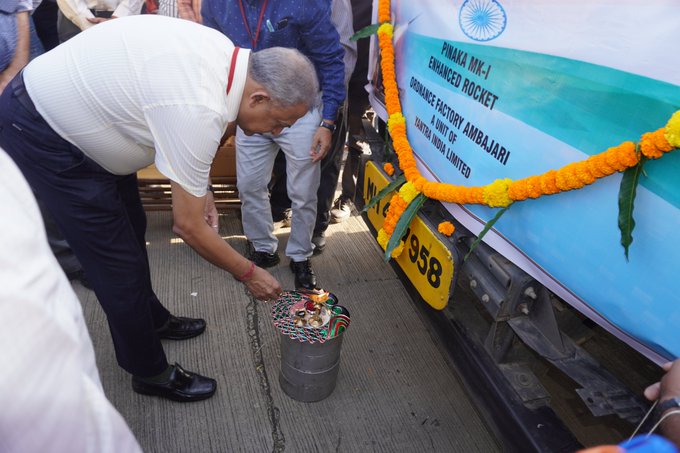
In a significant milestone for India’s defense industry, Ordnance Factory Ambajhari, a unit of Yantra India Limited under the Ministry of Defence Enterprise, successfully flagged off the first consignment of Pinaka Mk-I Enhanced Rockets for export. The historic event took place on October 5, 2023, in the presence of key stakeholders, with Shri Somnath Tripathy officiating the ceremony.
The Pinaka Mk-I Enhanced Rocket System (EPRS) represents an upgraded version of the highly regarded Pinaka variant that has been in service with the Indian Army for the past decade. This enhanced system incorporates advanced technologies designed to extend its range, making it even more capable of meeting evolving operational requirements.
Continue readingSOURCE: RAUNAK KUNDE / NEWS BEAT / IDRW.ORG

The Indian Navy has issued a call to private sector companies to collaborate on the design and development of an indigenous Sonar Beacon System. This crucial system is used to send distress signals and SOS messages in the event of a submarine emergency while at sea.
Currently, the Indian Navy imports Sonar Beacon Systems, but the goal is to indigenize this technology. Two sets of the Sonar Beacon System are required for use in all submarines, making it an essential component of underwater safety and communication.
Continue readingSOURCE: IDRW.ORG TEAM
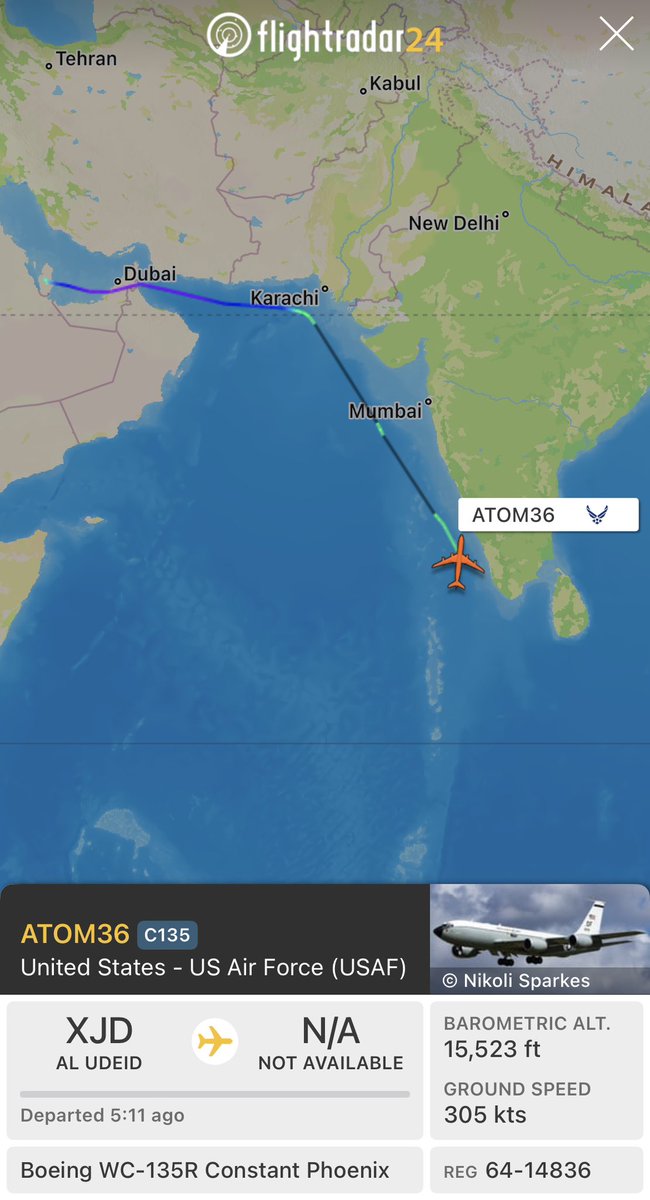
In a noteworthy development, a US WC-135R “nuclear sniffer” aircraft, with the callsign ATOM36, recently conducted a mission along the coasts of both India and Pakistan. This aircraft, officially designated as WC-135R Constant Phoenix, is renowned for its specialized role in detecting signs of nuclear explosions in the atmosphere.
During this mission, the WC-135R Constant Phoenix flew at a relatively low altitude, descending to 7,000 feet (approximately -2,100 meters). The specific reason behind this mission remains undisclosed, leaving room for speculation. It’s important to note that such missions don’t necessarily indicate a nuclear incident but could serve purposes like calibration or routine surveillance.
Continue reading